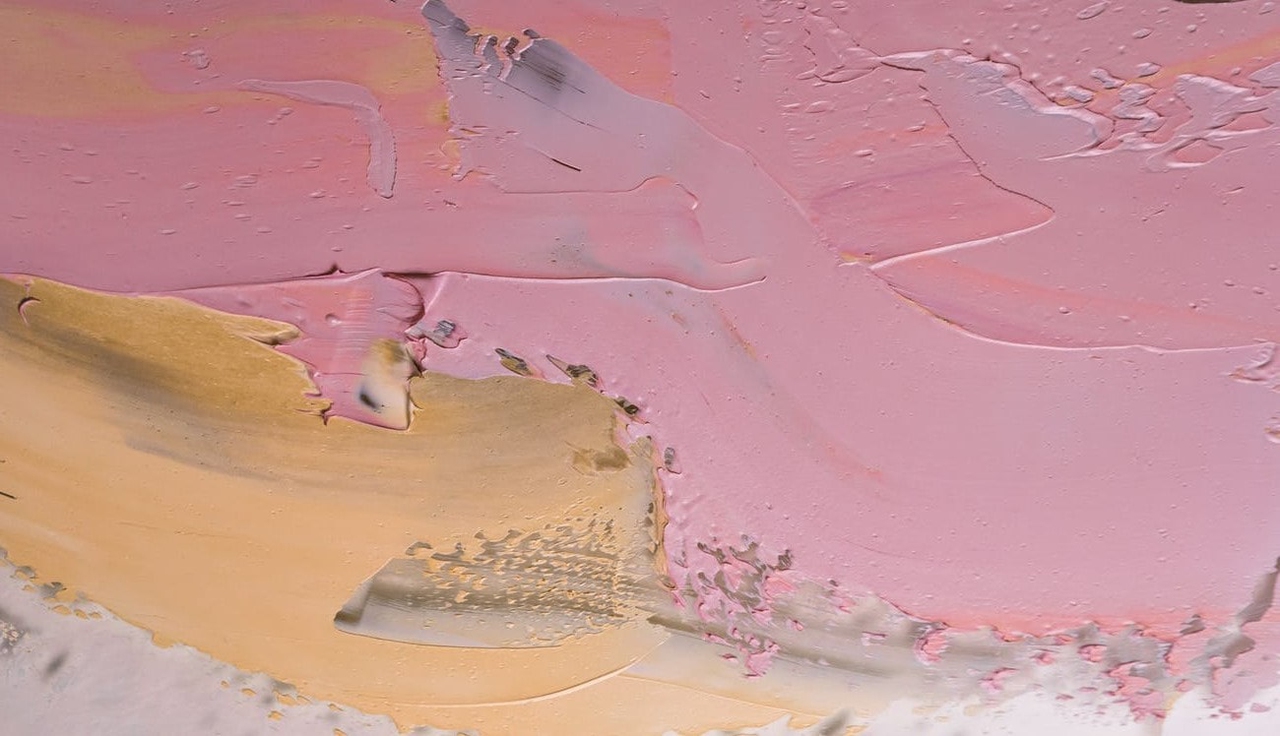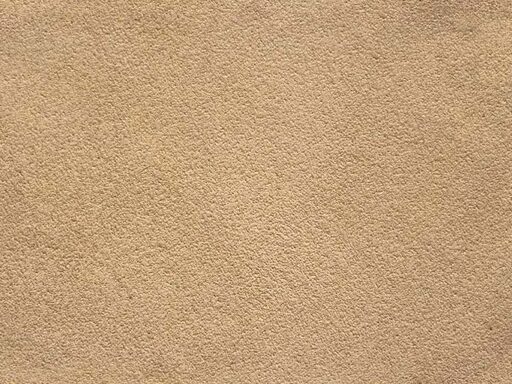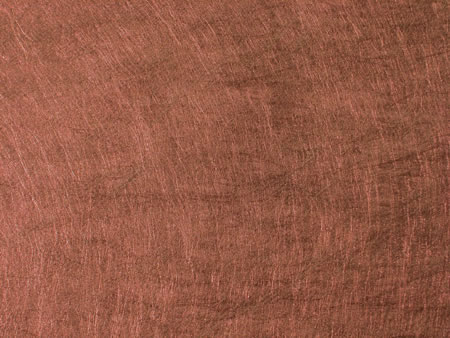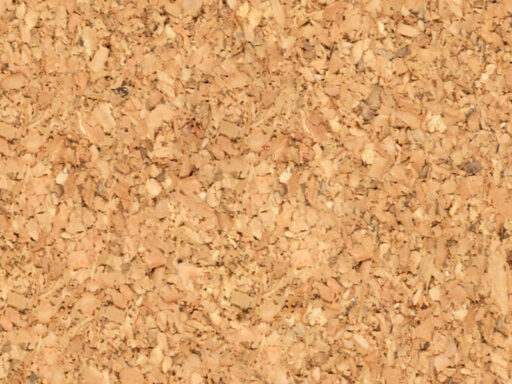Material painting
Flat surfaces become three-dimensional

The surfaces that characterize the interior environments are of fundamental importance in determining the appearance and style of the housing unit. Indeed, if a parquet floor transmits warmth, a marble finish will be perfect for those who love modern and elegant spaces. Similarly, a wall covered with floral wallpaper will be very different from a wall with classic boiserie.
In order to make the right design choice, it is possible to opt for the material painting technique. This is a process with multiple advantages that allows you to customize spaces quickly and easily.
But let’s see what it is below, thanks to some practical advice.
The meaning of material painting
As can be guessed from its name, we are talking about a pictorial technique which, through the application of particular paints, allows to obtain visual and tactile effects that no other finish would guarantee. If you want to obtain spaces with a strong personality, without having to use wallpaper on the walls or finishes with a demanding installation, material paint will be the best choice to use.
The workmanship finds ancient origins and takes up the pictorial technique of the Impressionist current, the greatest exponents of which used to spread strokes of color with variable thickness and different colors and combined with each other, creating pleasant plays of light.
Similarly, the relief painting finish consists of the application of paints or acrylic pastes aimed at restoring specific color renderings and particular visual effects. Depending on the result to be obtained, it will be possible to decide how to spread the paint and the quantity to use. Furthermore, the conformation of the wall or surface on which to apply the material will also affect the final result in terms of ripple and homogeneity. In fact, more or less smooth, damp and regular walls will provide a very different final aesthetic appearance.
Materials and effects
As anticipated, this type of painting represents one of the most used techniques for those who want to personalize their environments as much as possible because, thanks to the possibility of using different materials, the effects obtained will be able to satisfy all tastes.
Material painting with stucco
Thanks to the use of plaster, it will be possible to create areas in relief and very particular decorations. You can decide whether to apply a coat of colored paint or leave the decorated surface white: both solutions will ensure a “wow effect”.

Material painting with sand
By mixing the paint with a small quantity of artificial sand, it will be possible to obtain irregular and rough surfaces, organized according to a precise design or spontaneously, through the “messy” jet of the paint.
Material painting with paper
By spreading the paint on a paper base previously applied to the surface, it will be possible to shape solids and voids, veins, ripples and grooves that will create different levels and unexpected textures. This choice will be perfect for those who love to enliven the walls with three-dimensional games.
Acrylic material paint
There are numerous acrylic colors on the market that can be used to prepare the base layer and subsequently the surface decoration. The materials used for this type of finish are non-toxic, versatile, impact resistant, water repellent and non-slip. The material characteristics and their fluidity will allow you to recreate an original look with unexpected volumes. Thanks to the multi-layer application, the final result will be unique and not replicable, so as to make the environment 100% personalized.
To view the texture database click here
All that remains is to give free rein to creativity and dress the surfaces of your environments with personality and volumetric games!



































































